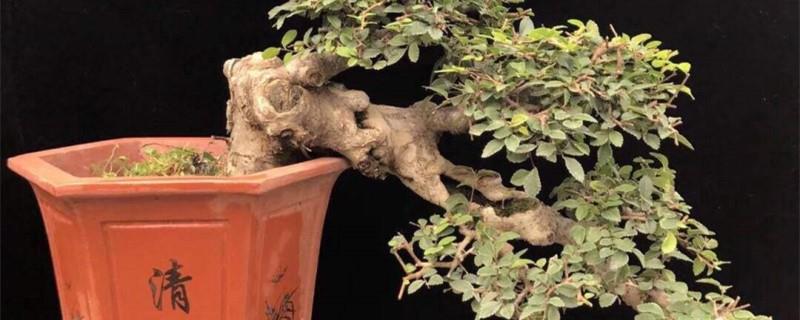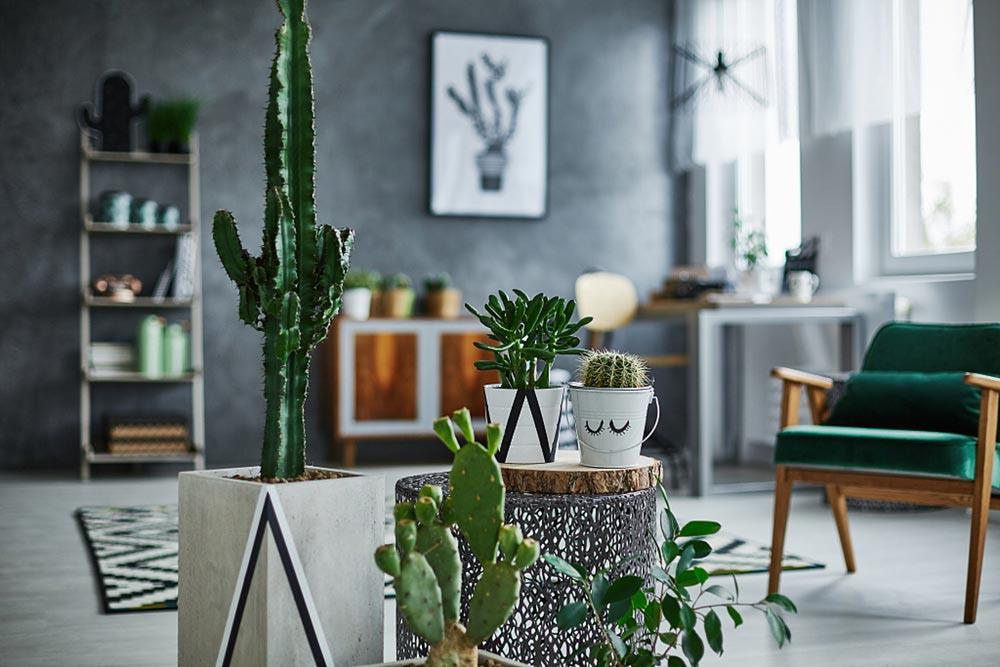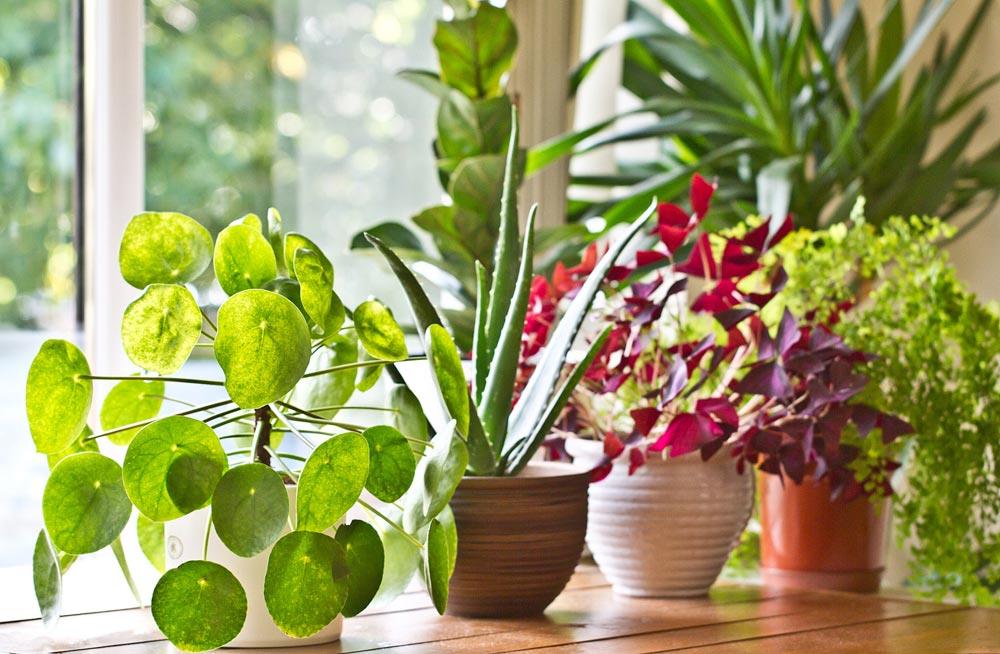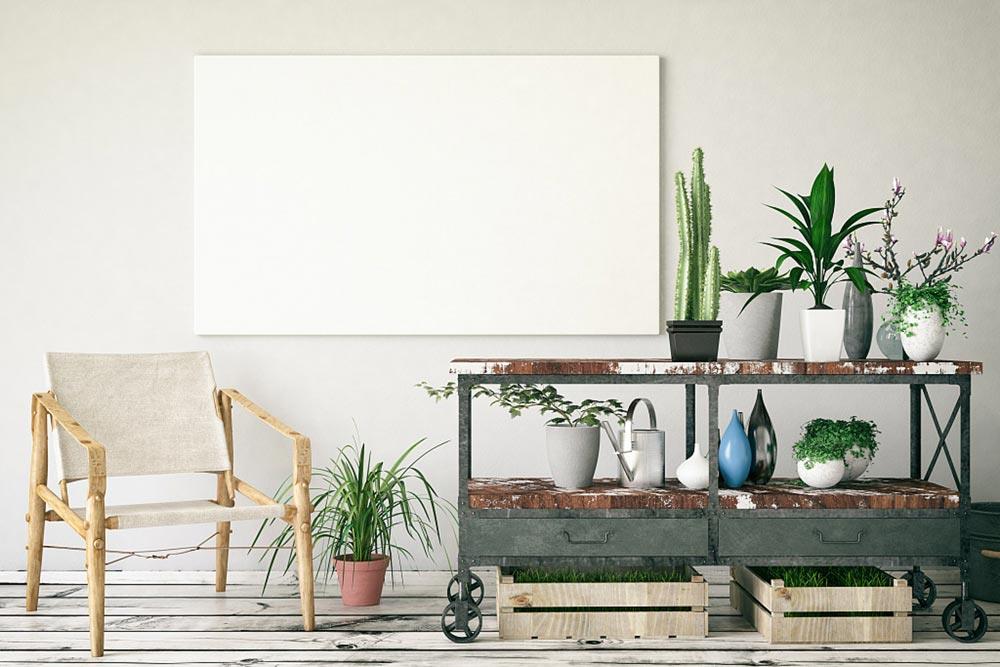How to care for the small-leaf elm bonsai
Last Update :2024.05.10
Article Catalog
To raise small-leaf Ulmus bonsai, you need to provide loose, fertile, neutral soil. Give it a long period of light and don't put it in a cool place. Watering should be frequent, 1-2 times a day in summer and once every two days in winter. Fertilizer should be concentrated during the growth period, and fertilizer should be applied every 15 days. Propagation is mostly done by cuttings because its seeds are not easy to obtain. If root rot occurs, the rotten roots need to be pruned. If arbuscular disease occurs, lime sulfur mixture can be sprayed. If pests appear, dichlorvos must be used to kill them.

1. Maintenance methods
1. Maintenance methods
1. Soil: Ulmus microphylla does not have high soil requirements and can grow in acidic, alkaline and neutral soils. When cultivating bonsai, you need loose, fertile, neutral soil, which is beneficial to its growth.
2. Light: Ulmus microphylla needs to receive long-term light. Potted plants can be placed indoors in a sunny location, and they are very sun-resistant, even if they are exposed to strong light, there will be no problem.

3. Watering: Ulmus microphylla prefers moisture. environment, so watering should be more frequent. Generally, it needs to be watered 1-2 times a day in summer, once a day in spring and autumn, and once every two days in winter. In addition, you can also spray water on the leaves every day to moisturize them.
4. Fertilization: The growth period of Ulmus microphylla is from April to October, and it needs sufficient nutrients at this stage. Fertilizer should generally be applied every 15 days, and it is appropriate to use organic fertilizer rich in nitrogen, phosphorus and potassium.

2. Propagation skills
Small leaves The seeds of Ulmus elata are not easy to obtain. They are usually propagated by cuttings. The survival rate is between 20% and 40%. Choose 1-2 year old branches with a length of about 7-8 cm. Apply soaked indolebutyric acid to the bottom of the branches to promote rooting, then rinse with clean water. Use soil with good drainage and air permeability as the substrate, insert the cuttings into the substrate, water them thoroughly and place them in a sunny place. It is necessary to spray water around frequently to maintain a high humidity.

3. Pest and disease control
1 , Diseases: Common diseases are root rot and branch arbusculosis. Root rot can cause leaves to turn yellow and fall off, and branches to die. The plant needs to be taken out, the damaged roots trimmed, and fungicidal solution applied before replanting. Bush disease mainly damages new leaves and leaves. The diseased leaves need to be cut off and burned, and then sprayed with lime sulfur mixture.
2. Pest pests: There are many pests, such as scale insects, beetles, and thorn moths, which are harmful to Ulmus microphylla and can be sprayed with dichlorvos.
2. Reproduction skills
3. Pest and disease control
- END -
Nectarine cultivation methods and precautions

Soil: Nectarines need to grow in soil with thick soil and rich in organic matter; ...
How to grow lupins on the balcony, what should you pay attention to?

It is possible to raise lupins on the balcony. The light is relatively sufficient,...